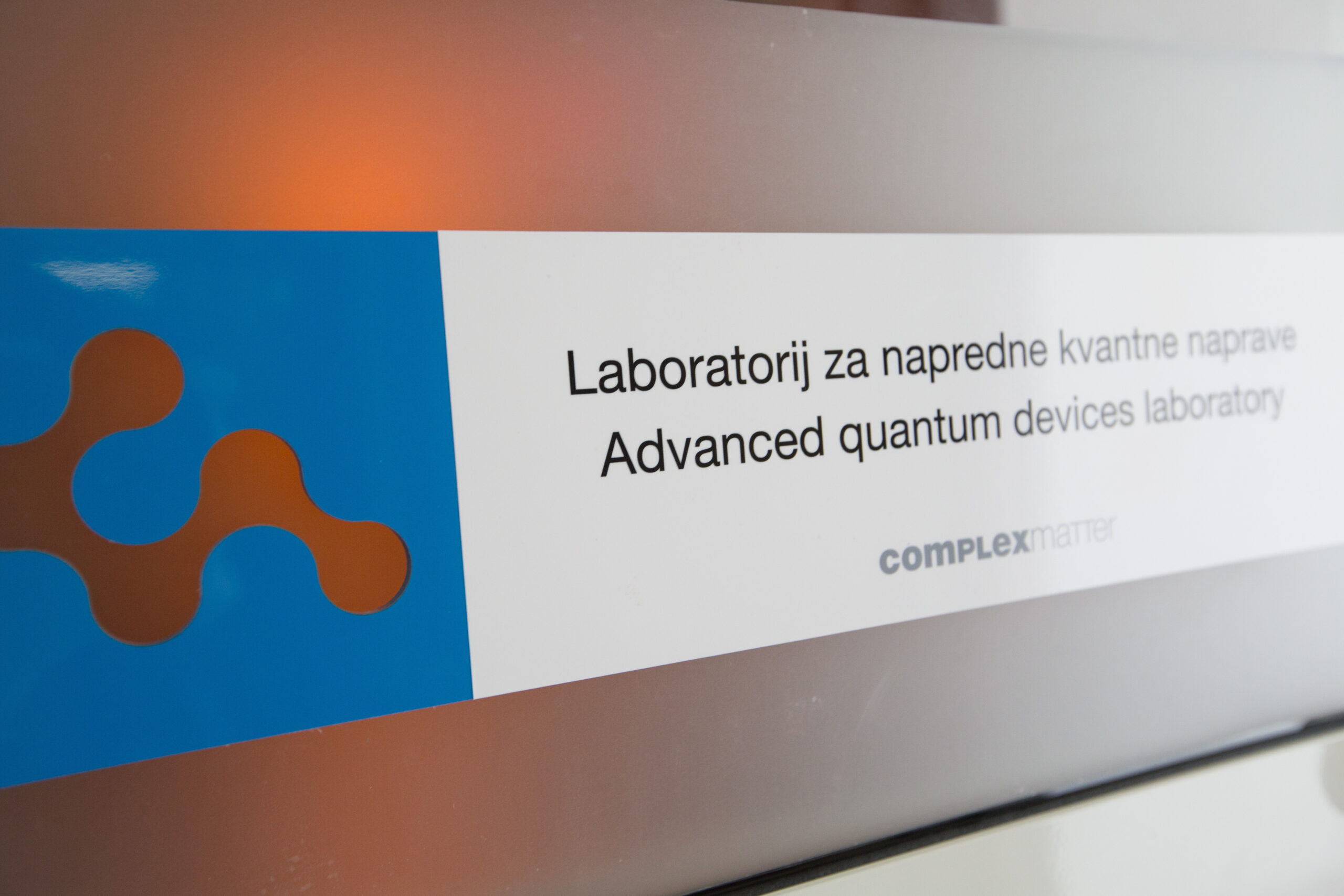Vladimir Kravtsov
A celebrated one-parameter scaling of “Gang of four” was a guiding paradigm in the field of Anderson localization for decades. It was shown to work very well in three dimensions and was analytically proven in 2+\epsilon dimension using the renormalization group (RG) analysis of the non-linear supersymmetric sigma-model. However, its applicability to the Anderson localization problem on lattices of high dimensionality
and for hierarchical graphs like Cayley tree and Random Regular Graph (RRG) has recently been put in question. The point is that the Anderson transition on high-dimensional lattices corresponds to small dimensional conductance where the saddle-point approximation which leads to a geometrical constraint Q^{2}=1 in the non-linear sigma model, is no longer parametrically justified. Numerical methods also have very limited access to this problem because of the small-size limitation. The situation is even more serious for hierarchical graphs. The point is that the enlargement of blocks which is in the core of the RG procedure, leads to increasing of the coordination number on such graphs, in contrast to the lattices of any dimension where it stays constant. Thus the two-parameters scaling naturally emerges for such graphs, the additional parameter being the coordination number.
In this work we make an analytical analysis of the RG on RRG on the basis of the numerical data for the size-dependent fractal dimension D1(L) of eigenfunctions which stands for a principal parameter of RG instead of the dimensionless conductance. The main observation is that the single-parameter scaling is established at large enough sizes by merging of the two-parameter flow trajectory with a “single parameter arc” that connects the critical points D=0 and D=1.
This single-parameter arc results from the continuous deformation of the single-parameter flow at finite-dimensions, while the two-parameter trajectories originate from the irrelevant parameters in d-dimensions. The role of the latter increase with increasing the lattice dimensionality d, being minimal at d=3 and d=4 but becoming numerically significant at d=5 and d=6.
These observations raise the question about existence of upper critical dimension d_{c} such that for 2<d<d_{c} the RG is qualitatively similar to the one in 2+\epsilon dimensions and for d>dc it is similar to that on RRG.
The talk will also be broadcast over Zoom via the following link
https://uni-lj-si.zoom.us/j/4933857795?pwd=TnkycEJsYnRuemdjR0l6czVnTHRLUT09
